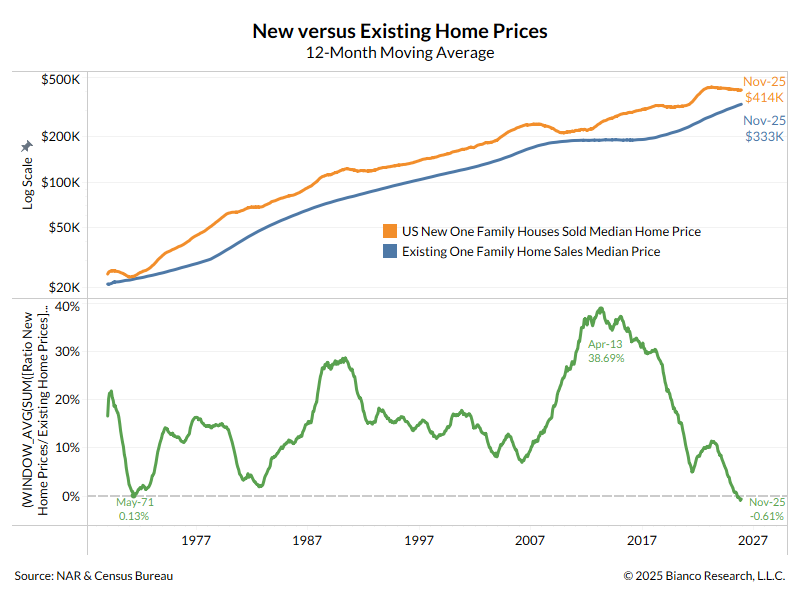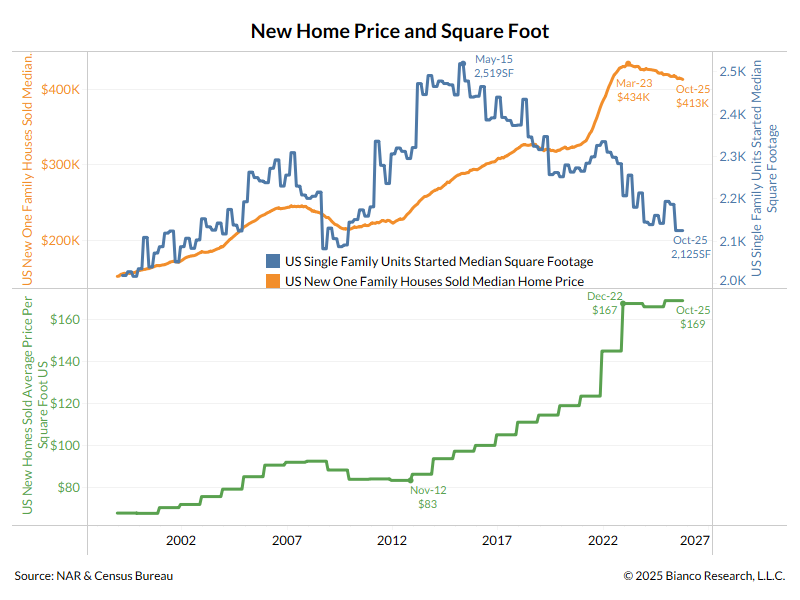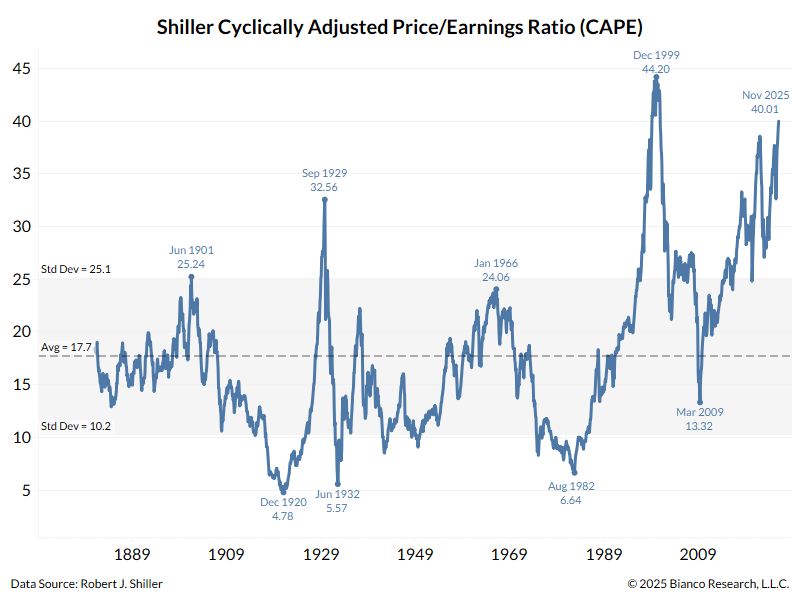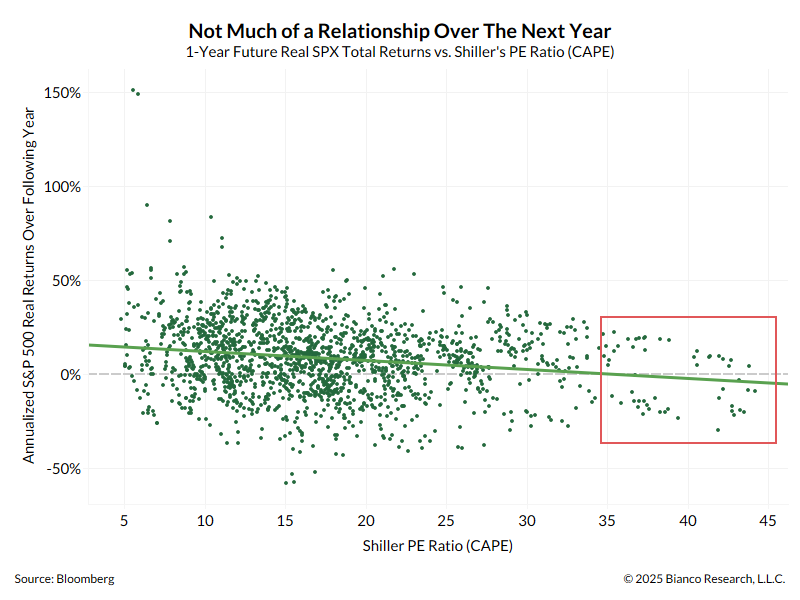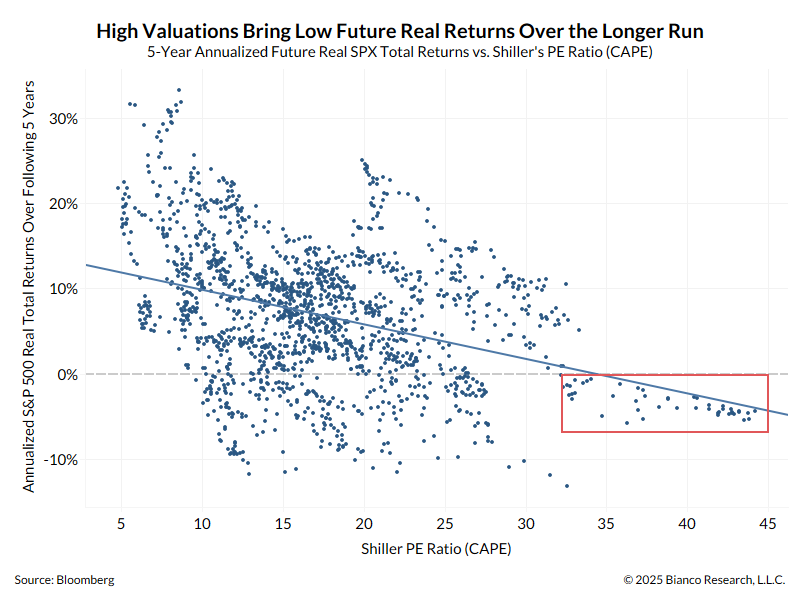1/7
The old trader adage is to "never short a dull market," As this chart shows, this now applies to bitcoin.
Realized volatility (that is, backward or actual volatility) is at a 2+ year low and one of the lowest readings ever.
The old trader adage is to "never short a dull market," As this chart shows, this now applies to bitcoin.
Realized volatility (that is, backward or actual volatility) is at a 2+ year low and one of the lowest readings ever.

3/7
Never short a dull market might really apply for ETH.
Post-merge, and post-merge hype, its realized volatility has collapsed to its lowest reading in at least 5+ years.
Never short a dull market might really apply for ETH.
Post-merge, and post-merge hype, its realized volatility has collapsed to its lowest reading in at least 5+ years.

4/7
ETH's price has literally fallen asleep (black rectangle) in the last month or so.
No movement = record low volatility.
ETH's price has literally fallen asleep (black rectangle) in the last month or so.
No movement = record low volatility.

5/7
But what is NOT a dull market and should not be lumped into the same category as the two charts above is the S&P 500.
Its realized volatility is a very high reading relative to the last 10 years.
But what is NOT a dull market and should not be lumped into the same category as the two charts above is the S&P 500.
Its realized volatility is a very high reading relative to the last 10 years.

6/7
Markets bottom on apathy, not excitement. BTC and ETH have apathy.
The S&P 500 is nearly the opposite, as prices move around like a video game.
This might also be another sign of the TradFi/Crypto tight relationship breaking
If so, this is long-run bullish for crypto.
Markets bottom on apathy, not excitement. BTC and ETH have apathy.
The S&P 500 is nearly the opposite, as prices move around like a video game.
This might also be another sign of the TradFi/Crypto tight relationship breaking
If so, this is long-run bullish for crypto.

7/7
"Institutional adoption" of crypto in the last few years has not been good. Crypto has become a high-beta version of the S&P 500.
The real bull story in crypto is it represents something more/different than high beta stocks.
Diverging volatility might signal this change.
"Institutional adoption" of crypto in the last few years has not been good. Crypto has become a high-beta version of the S&P 500.
The real bull story in crypto is it represents something more/different than high beta stocks.
Diverging volatility might signal this change.
Contrarians note ...
Many of the replies to this thread are getting a fair amount of pushback... I'm pumping my bags, the next move is to $8k, and so on.
If you are bullish, this is better than everyone agreeing a moon is coming.
Many of the replies to this thread are getting a fair amount of pushback... I'm pumping my bags, the next move is to $8k, and so on.
If you are bullish, this is better than everyone agreeing a moon is coming.
• • •
Missing some Tweet in this thread? You can try to
force a refresh



